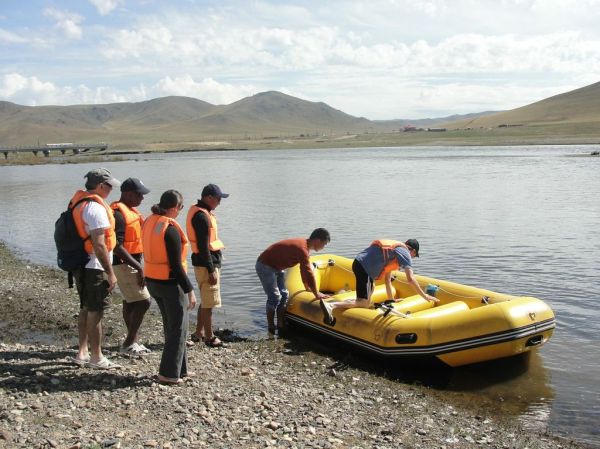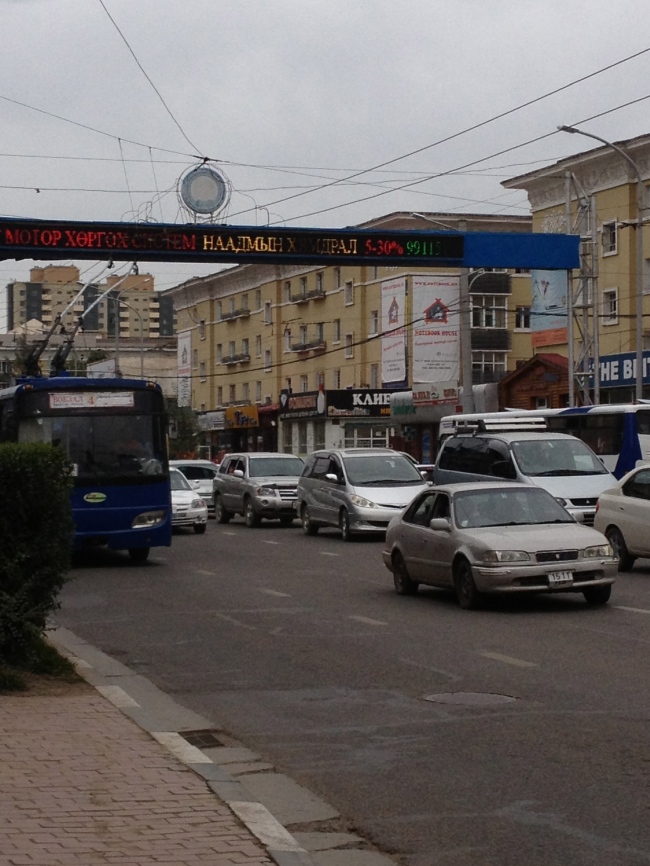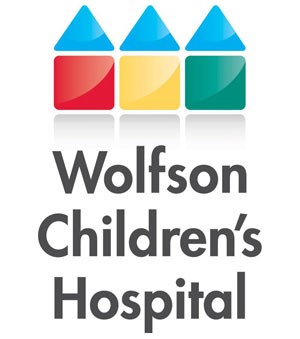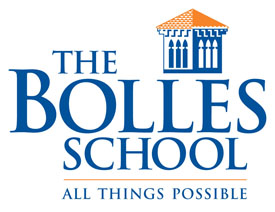We just got back from our brief tour of the Mongolia countryside and I am sure there is no other place on Earth like this. It’s easy to understand Jonathan’s fascination with the vast open prairies and steppes that stretch from one end of the horizon to the other, with no signs of any people except for an lonely ger tent nestled up to a flowing river, clean bright blue sky, and herds of hundreds of goats, sheep, cows and horses roaming through the the open fields. If the days are spectactular, the nights are are even more so. I have never seen so many stars. With no city lights or pollution to obscure the view, we can easily see the Milky Way, satellites and shooting stars. Adam had a cool app on his cell phone to find the constellations and Dr. Mike got an astronomy lesson.
If you think you know what ‘dirt roads’ are, you have never been to Mongolia. Only 3% of the roads are paved for an area twice the size of California. The dirt roads consist of tire tracks that cross the steppes, and are riddled with pot holes, deep fissures, gullies, that cross streams and small rivers, that we drove for hours and hours, seeming endless. After a sour sip of airag (fermented mare’s milk) at a local ger, and the ups and downs and sudden lurches of the famous Russian van, a sensation of motion sickness set in. Hoping not to further embarrass myself in front of my colleagues, I fought the nausea. Fortunately the first ‘tourist ger camp’ was not far away. However this ger camp left little to be desired. The five of us were put in one cabin, with no heat or showers, hard cots with scratchy blankets and ‘primitive’ latrines nearby. Those who stayed before us apparently liked airag, as the nauseating scent was still heavy in the air. That smell along with the chill in the air, and the ever present mutton for dinner, made it a long night. However the scenery was unbelievable and after a brisk morning walk in the cool air, around the lake where Genghis Khan was named the ruler of Mongolia, we left for the next ger camp.
After another 8 hours of dirt roads, we came to the next ger camp, which was like the Ritz Carlton of ger Camps! Spectacularly located on a river, we had electricity, hot showers (only from 7-9 pm), real potties and well appointed gers. We spent a day there, rafting down a river and hiking up the amazing hills and steppes. We had signed up to go horse back riding one afternoon. Unfortunately there were only 3 horses for the 5 of us. Hence they offered us a compromise by offering the rest of us to ride on a cart pulled by a yak. The yak, which was really an old cow, walked painfully slowly and hit every rock in the road. All of us were sore that night, either from the bouncing of the yak or the horse riding. Dinner was once again mutton and I had to sneak a can of tuna fish brought from the USA to keep me going.
-Harry Abram












